Filing on Tax Day? 12 Things to Do Before April 15
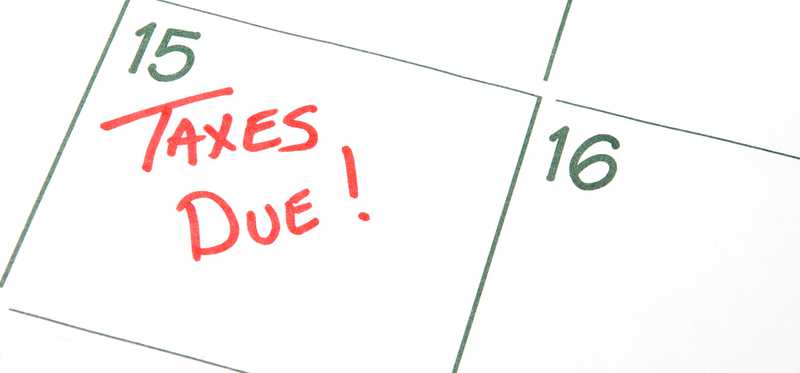
Filing on Tax Day? 12 Things to Do Before April 15
Tax Day is April 15
Tax Day in the United States this year is April 15, 2019. This means
that you are required to either submit your 2018 tax return by this date, or
file for a tax extension. While the majority of Americans have already filed
their returns, there are always plenty of households who wait until the last
possible day.
With that in mind, if you’re planning to file your return on Tax Day, here’s a checklist of a dozen things you may want to do before you hit the submit button or drop your return in the mailbox.
Previous
Next
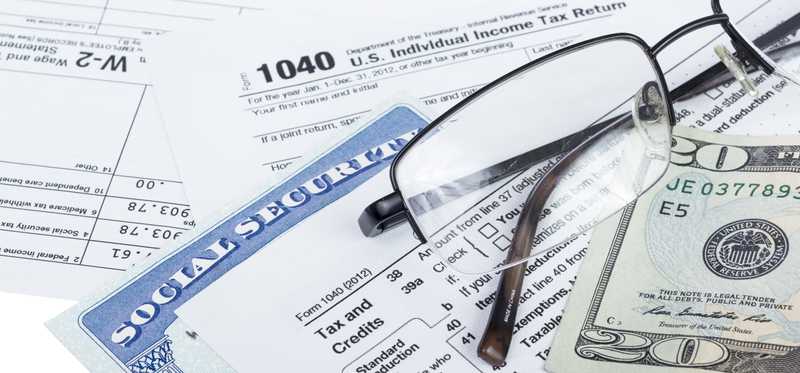
1. Gather your income documentation
There are a few deductions you can take advantage of, even
if you don’t itemize deductions. The traditional IRA contribution deduction and
student loan interest deduction are two of the most common examples. So gather
any documentation you’ll need to claim these.
If you plan to itemize deductions (more on that later), you have a bit more of a task. You’ll need to find your mortgage interest statement, any receipts for charitable deductions or medical expenses, state and local tax bills, and more.
Previous
Next
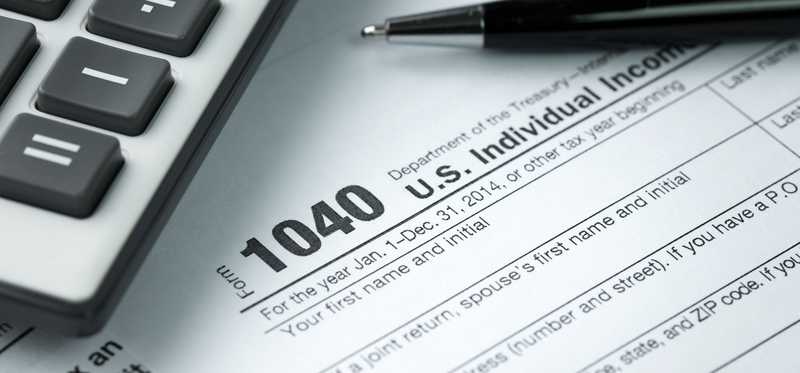
2. Find last year’s tax return
One important, but often overlooked step before filing, is
to locate your tax return from last year. This can make your life easier in
several ways when filing.
First of all, you’ll need information from last year’s return in order to e-file, part of the IRS’s fraud-prevention measures. Additionally, last year’s return can be a good guide as you’re trying to remember what types of income you need to report, what deductions and credits you may have, etc.
Previous
Next

3. Determine the correct filing status to use
For many Americans, this is an easy decision. For example,
if you’re single with no dependents, you’ll probably use the “single” filing
status.
On the other hand, it’s not so obvious for others. Married couples have the choice between filing a joint tax return or filing separately. While it’s beneficial to file jointly in most cases, there are some cases where filing separately can make more financial sense. For example, medical expenses are deductible, but only to the extent that they exceed 7.5% of adjusted gross income, or AGI. If one spouse had a disproportionately high amount of medical expenses, it can make sense to file separately to maximize the deduction.
Head of household is another filing status that isn’t well-understood by many Americans. The quick version is that “heads of household” are unmarried individuals who can claim one or more other people as dependents.
Previous
Next
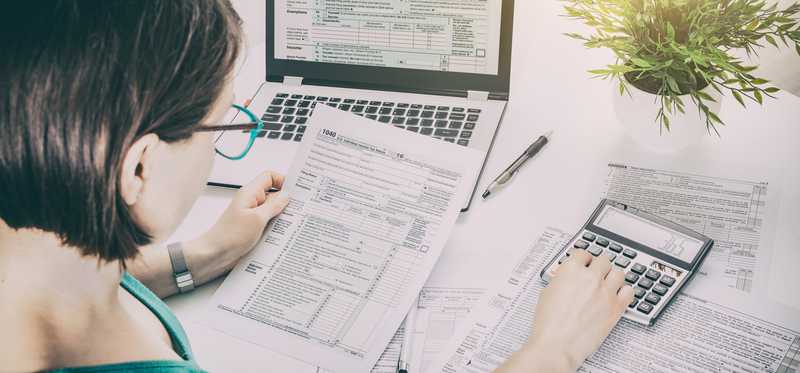
4. Decide if itemizing will be worthwhile
For 2018, the standard deductions roughly doubled. As an
example, the standard deduction for married taxpayers filing jointly rose from
$12,700 to $24,000.
Because of this, it won’t be worth itemizing anymore for the majority of Americans.
Here’s a test. Add up your mortgage interest, charitable contributions, deductible medical expenses (above 7.5% of your income), and the state and local taxes you paid in 2018 up to the $10,000 cap. If these add up somewhere close to your standard deduction amount, it’s worth checking if itemizing is beneficial. If these deductions don’t come close to your new standard deduction, you’re probably not a great candidate for itemizing.
Previous
Next
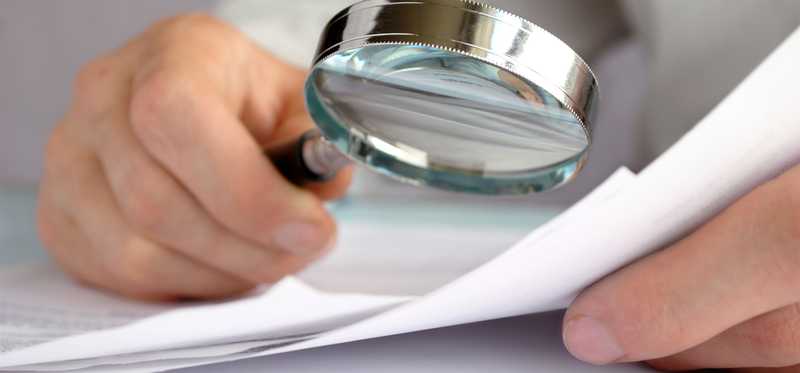
5. Double-check your personal information
Incorrectly entering your name or Social Security number, or
those of one of your dependents, is a quick way to catch the IRS’s attention.
Another mistake you want to avoid is entering your bank account information incorrectly. If you enter the wrong routing and/or account number, there are a couple of things that can happen. If the information doesn’t correspond to an actual bank account, your refund will be mailed as a check. On the other hand, if you accidentally enter someone else’s bank account information, your refund will be deposited into their account, and it can be an uphill battle to get it back as the IRS will not intercede on your behalf.
The point? Double- and triple-check your personal information before submitting your tax return, especially when it comes to your direct deposit information.
ALSO READ: Read This Before Asking for a Tax Extension This Year
Previous
Next

6. Need more time? File an extension
It’s worth mentioning that if Tax Day arrives and you aren’t
quite ready to file your return as planned, you can file for an extension until
the tax deadline. A tax extension gives you an additional six months to file
your return, and is granted automatically by filing IRS Form 4868, which is
also available through most tax preparation software platforms.
A word of caution: An extension gives you an additional six months to file your taxes, not to pay them. Any balance you owe the IRS is still due on April 15. So if you file an extension, you also need to estimate (and pay) your tax liability, or you’ll owe interest and penalties.
Previous
Next

7. Measure your home office
If you’re claiming the home office deduction, you have two
choices. You can use the simplified method, which allows you to take a $5
deduction per square foot (up to 300), or you can figure out the size of your
office as a percentage of your home’s total square footage and calculate your
actual expenses. Either way, you need to know how big your home office is.
It could be a smart idea to get the tape measure out of your toolbox and get an accurate measurement of your home office space. The home office deduction can be rather valuable to qualifying self-employed individuals, so it’s important to make sure you’re maximizing it.
Previous
Next

8. Do your state return
Much of the information that is needed on your state return
comes directly from your federal tax return, so it’s generally more efficient
to complete both at the same time. I completely understand that you might be
tired after spending hours on your federal return and that it can be tempting
to put your state return on the back burner and file an extension, but it’s
typically best to go ahead and knock both returns out at once.
Previous
Next

9. Review your return for typos
The widespread adoption of e-filing has dramatically reduced
the number of errors found in tax returns, but they are still quite common.
While tax-prep software does most calculations for you, it does nothing to
prevent you from entering numbers or names incorrectly.
For example, it’s easy enough to accidentally claim a $10,000 charitable deduction when you meant to type $1,000. It’s also easy enough to catch mistakes like these by taking the time to go back over your return before you submit it.
Previous
Next

10. Give yourself ample time to do your tax return
Speaking of errors, perhaps the most common reason people end
up with errors on their tax return is by rushing through the process. So if
you plan to file your return on Tax Day, it’s important to set aside an ample
amount of time to prepare your return carefully. And make sure it’s uninterrupted time. After all, if you’re
watching a basketball game at the same time, are you really paying enough
attention to your taxes?
Previous
Next

11. Get your return in the mailbox in time
Tax Day is April 15, but that doesn’t necessarily mean that the IRS needs to have your return in hand by that date. The law states that if you mail your return by the due date, it’s considered submitted on-time. So be sure to e-file by 11:59 p.m. on April 15 or drop your paper return in the mailbox early enough to get an April 15 postmark.
Previous
Next
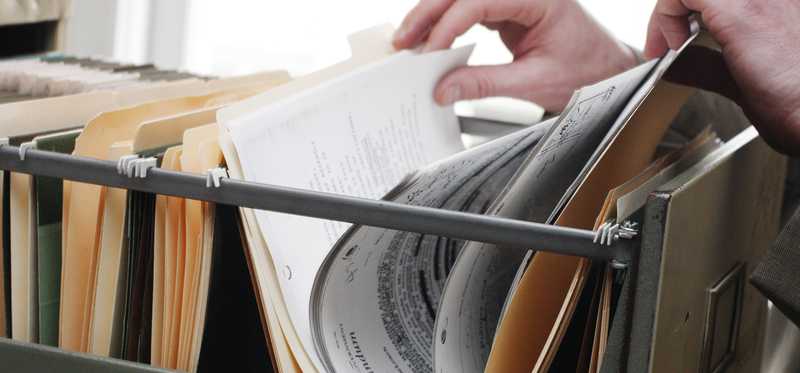
12. Organize and save your documentation in case you need it later
Although it doesn’t necessarily need to be done by April 15,
a bonus tip is to organize your tax documentation and put it in a safe place in
case you need it. Hopefully you won’t get audited, but it does happen, and
there are certainly other cases where you might need your income documentation
or some other tax-related paperwork.
In most cases, the IRS advises taxpayers to save tax records for three years, so if you file on Tax Day this year, that means saving your tax records for the 2018 tax year until April 15, 2022.
The Motley Fool has a disclosure policy.
Previous
Next
Invest Smarter with The Motley Fool
Join Over Half a Million Premium Members Receiving…
- New Stock Picks Each Month
- Detailed Analysis of Companies
- Model Portfolios
- Live Streaming During Market Hours
- And Much More
READ MORE
HOW THE MOTLEY FOOL CAN HELP YOU
-
Premium Investing Guidance
Market beating stocks from our award-winning service
-
The Daily Upside Newsletter
Investment news and high-quality insights delivered straight to your inbox
-
Get Started Investing
You can do it. Successful investing in just a few steps
-
Win at Retirement
Secrets and strategies for the post-work life you want.
-
Find a Broker
Find the right brokerage account for you.
-
Listen to our Podcasts
Hear our experts take on stocks, the market, and how to invest.
Premium Investing Services
Invest better with The Motley Fool. Get stock recommendations, portfolio guidance, and more from The Motley Fool's premium services.